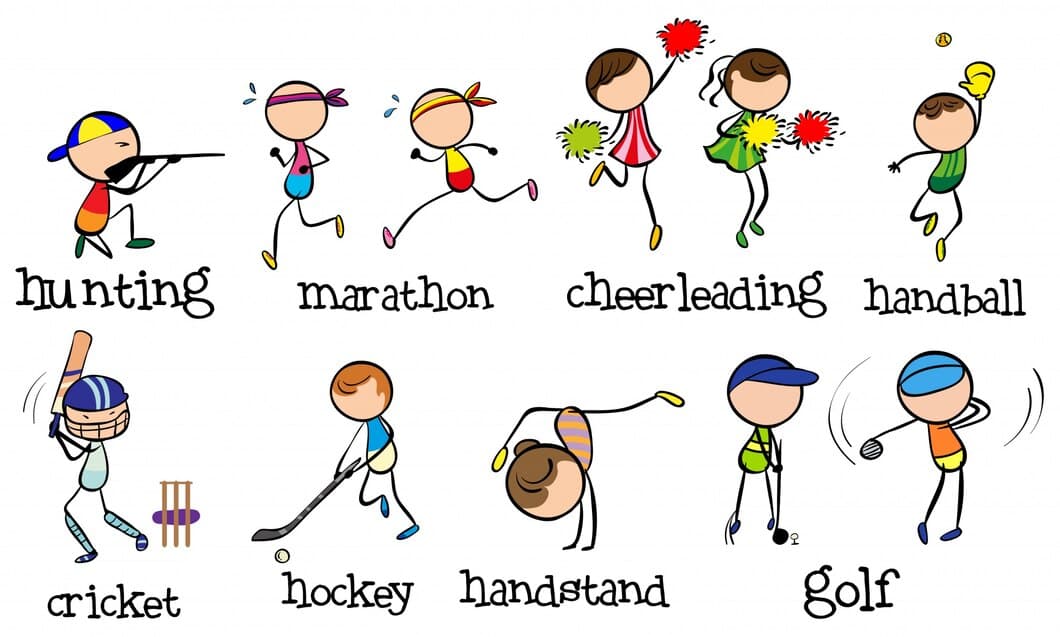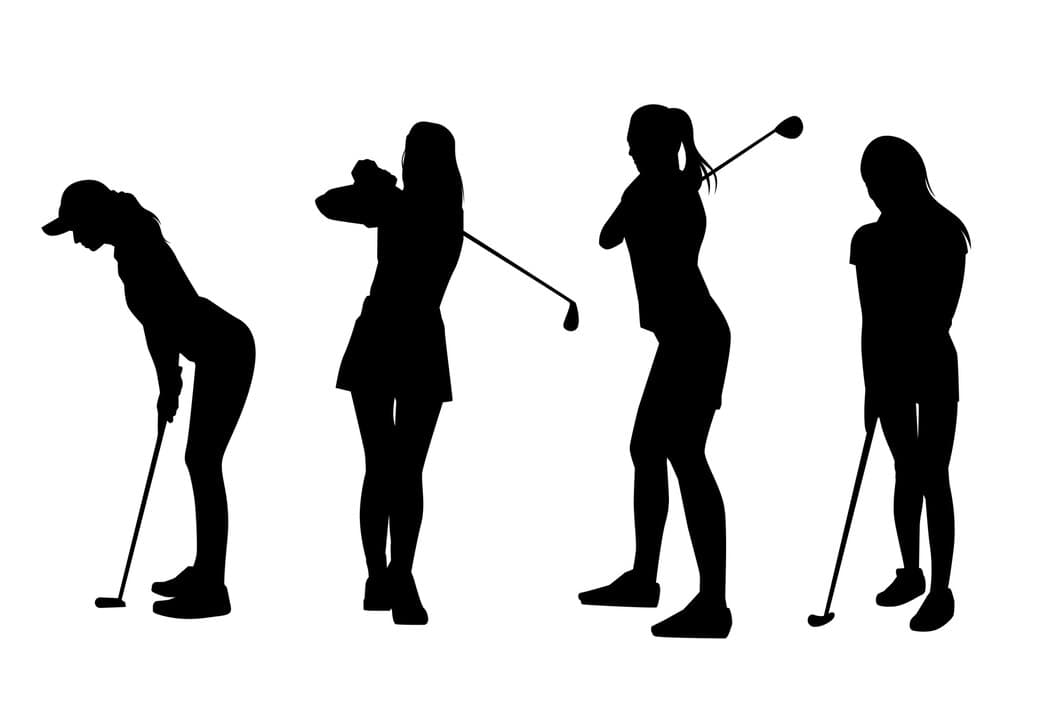How To Chip A Golf Ball
-

Chipping is crucial in golf and mastering this technique can significantly improve your game. This article provides a comprehensive guide on how to chip a golf ball effectively, covering key aspects like stance, grip, and swing. By following these tips, golfers of all levels can develop a consistent and accurate chipping game.
Chipping is often overlooked in golf, but it's a crucial skill that can save you strokes and help you score better. This article provides a step-by-step guide on how to chip a golf ball, covering everything from choosing the right club to executing the perfect shot. With practice, you can develop a reliable chipping game that will give you an edge on the course.
How to Practice Chipping
Chipping is a fundamental skill in golf that requires precision and touch. To practice chipping effectively, it's essential to choose a level practice area with short grass and a clear target. Start by using a pitching wedge or a 9-iron, and focus on making consistent contact with the ball. Gradually move the ball further away from the hole as you improve your accuracy and distance control.
Once you have mastered the basics, introduce obstacles to simulate real-life situations. Place sand traps, small mounds, or even a hula hoop around the hole to challenge your chipping skills. Experiment with different clubface angles and ball positions to learn how they affect the trajectory and spin of the ball.
Regular practice is crucial for developing a consistent chipping technique. Aim for at least 30 minutes of dedicated chipping practice a few times a week. Divide the practice sessions into smaller chunks, focusing on specific aspects such as distance control, accuracy, or working around obstacles.
Seek feedback and analyze your performance to identify areas for improvement. Use video recordings or consult with a golf instructor to pinpoint technical flaws and fine-tune your chipping technique. Remember, consistency and repetition are key to mastering the art of chipping in golf.
The Different Types of Chips
There are many different types of chips that can be used in golf, each with its own unique characteristics. Some of the most common types of chips include the flop shot, the pitch shot, the run shot, and the check shot. The flop shot is a high, soft shot that is used to land the ball on the green near the hole. The pitch shot is a shorter, more controlled shot that is used to land the ball on the green from a short distance away. The run shot is a low, rolling shot that is used to run the ball up to the green. The check shot is a shot that is used to stop the ball quickly on the green.
The type of chip that you use will depend on the situation that you are facing. If you are close to the green and need to get the ball up quickly, you will want to use a flop shot. If you are further away from the green and need to control the distance of your shot, you will want to use a pitch shot. If you are on a downhill lie and need to run the ball up to the green, you will want to use a run shot. And if you are on a uphill lie and need to stop the ball quickly, you will want to use a check shot.
Once you have chosen the type of chip that you want to use, you will need to practice your technique. The key to chipping is to make solid contact with the ball and to control the distance and direction of your shot. With practice, you will be able to chip the ball accurately and consistently.
How to Choose the Right Chip
Understanding the purpose of a chip shot is the most important consideration when selecting the right golf chip. The two main types of chip shots are the low chip and the high chip. A low chip is used when the ball needs to travel a short distance and roll out. A high chip is used when the ball needs to travel a longer distance and land softly on the green.
The next consideration is the lie of the ball. If the ball is above your feet, you will use a shorter club with more loft. If the ball is below your feet, you will use a longer club with less loft.
Finally, you need to consider the wind conditions. If there is a strong wind, you will need to use a club with more loft to keep the ball from being blown off course.
By following these tips, you can choose the right golf chip for your next shot and improve your chances of making a successful chip.
The Setup and Grip for Chipping

The setup and grip for chipping are important to ensure you make solid contact with the ball and get it up and down in as few strokes as possible. To set up for a chip shot, stand with your feet shoulder-width apart and the ball positioned slightly forward in your stance. Your weight should be evenly distributed over both feet. The club should be held with a light grip and your hands should be placed close together on the club.
Once you have the proper setup, you can take your swing. Start by making a small backswing, keeping your head down and your eye on the ball. As you swing forward, extend your arms and strike the ball with a smooth, fluid motion. Follow through with your swing until the club reaches the top of your backswing. This will help you to generate power and accuracy.
The Swing for Chipping
The swing for chipping is similar to the swing for putting, but with a few key differences. First, the club is held lower on the grip, with the hands closer together. This allows for more control over the club and a more consistent strike. Second, the backswing is shorter, and the downswing is more aggressive. This helps to generate more power and spin, which is necessary for the ball to carry to the green and stick. Finally, the follow-through is shorter, and the club is released earlier. This helps to prevent the ball from flying too far.
By following these tips, you can improve your chipping and start holing more shots from around the green.
The Follow-Through for Chipping
During the follow-through, maintain your wrist angle so that the club continues on an arc through the impact zone and toward the target. This ensures a smooth and consistent strike, maximizing the chances of a successful chip.
Finish the follow-through by extending your arms fully and keeping your head down. This ensures that you maintain control of the club and prevents you from lifting your head prematurely, which can lead to mishits.
Troubleshooting Common Chipping Problems
If you're struggling to chip the golf ball consistently, there are a few common problems that could be causing your issues. Firstly, make sure you're using the correct club. A sand wedge or pitching wedge is typically best for chipping, as they provide more control and accuracy. Secondly, ensure you're standing correctly. Your feet should be shoulder-width apart, with your weight evenly distributed. Finally, focus on making a smooth, controlled swing. Don't try to hit the ball too hard, as this will often lead to mishits.
If you're still having trouble, there are a few additional tips you can try. Firstly, try practicing on a flat surface. This will help you to get a feel for the swing and make it easier to control the ball. Secondly, try using a tee to elevate the ball. This will make it easier to hit the ball cleanly and consistently. Finally, don't be afraid to experiment with different chipping techniques. There is no one-size-fits-all approach, so find what works best for you.
Tips for Chipping in Different Conditions
Chipping conditions on the golf course vary drastically. Understanding how to approach each type of lie is imperative to becoming a proficient short-game player. Learning what adjustments need to be made to your setup and technique for each unique condition will help you make the right shot.
Playing from the rough or a bunker requires you to make significant changes to your technique. Take the time to practice chipping from these lies so you are comfortable when they present themselves on the course. The more prepared you are for any given condition, the more successful you will be on the course.
Practice Drills for Chipping
**Practice Drills for Chipping**
One of the best ways to improve your chipping is to practice regularly. Here are a few drills that can help you improve your accuracy and consistency.
**Chip from a variety of distances.** Start by chipping from a short distance, such as 10 yards. As you get more comfortable, gradually increase the distance.
**Chip to a variety of targets.** Don't just chip to the same target over and over again. Mix it up by chipping to different targets, such as a flag, a tree, or a bunker.
Frequently Asked Questions
How far back should I stand from the ball when chipping?
There is no definitive answer to this question, as it will vary depending on your height, swing, and the type of chip shot you are trying to hit. However, a good starting point is to stand about an arm's length away from the ball with a properly assembled and gripped golf club.
How do I make sure I hit the ball first and not the ground?
To hit the ball first and not the ground when chipping, you need to make sure that your clubhead is moving down and through the ball, not across it. This means swinging with a slightly descending blow and keeping your head down during the swing.
How do I control the distance of my chip shots?
To control the distance of your chip shots, you need to vary the length of your swing and the amount of loft you put on the ball. The longer your swing, the further the ball will go. The more loft you put on the ball, the higher it will fly and the shorter it will go.
How do I chip out of the rough?
Chipping out of the rough can be difficult, but it is essential to master if you want to score well on the golf course. To chip out of the rough, you need to use a club with more loft than you would normally use for a chip shot. This will help you get the ball up and out of the rough.
Conclusion
Chipping is a fundamental skill that every golfer needs to master. If you can chip the ball well, you will be able to save strokes around the green and shoot lower scores. In this article, we have shown you how to chip a golf ball the right way. With practice, you will be able to improve your chipping skills and become a better golfer.
Remember, practice is the key to success in golf. So head out to the practice green and start working on your chipping stroke. The more you practice, the better you will become.